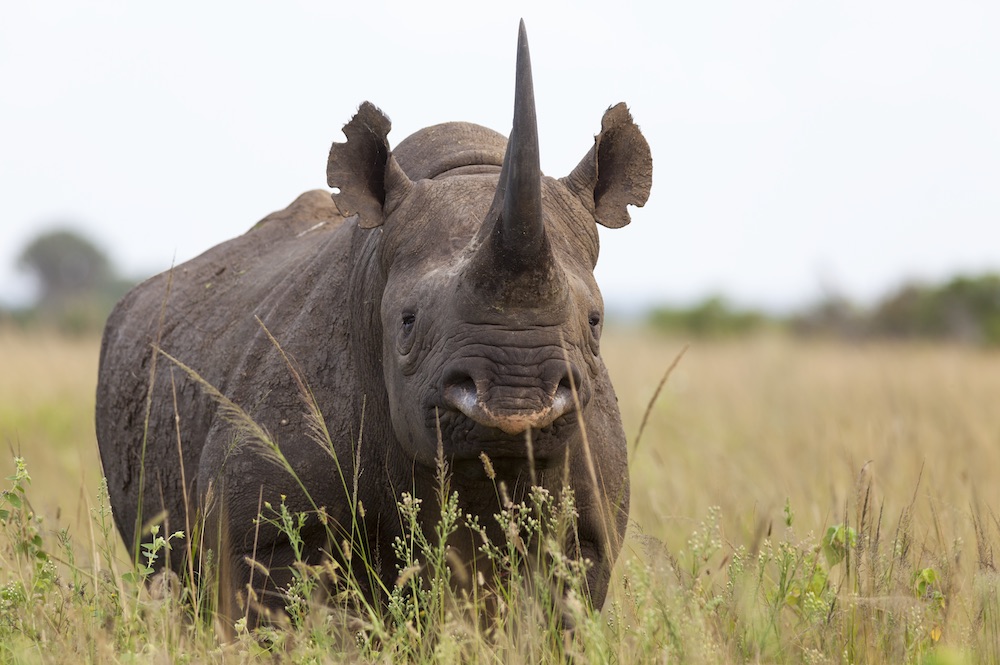*Update 25/06/2019: All five rhinos arrived safely in Rwanda on 24/06/2019 and have been settling into their enclosures. They’ll be in these areas for a few weeks, before moving into a larger sanctuary, and eventually, into the wider park.
In a project showing great international collaboration, five black rhinos from three European zoos are being translocated to Akagera National Park in Rwanda. The move is part of a wider reintroduction of black rhinos into Rwanda, bringing the Critically Endangered species back, after they became extinct in the country in the1990s.
The five rhinos from European zoos (three from Dvur Kralove Zoo, Czech Republic, one from Flamingo Land, UK, and the other from Ree Park Safari, Denmark) have been together in Dvur Kralove Zoo since November 2018 and are making the long journey into Rwanda in June 2019.
The European-born rhinos will be joining 18 Eastern black rhinos that were moved in 2017 to Akagera from Thaba Tholo game farm in South Africa. With a total of 23 rhinos and a diversified gene-pool within the Akagera population, there is a better chance of a healthy population growing in the National Park (the African Rhino Specialist Group recommends at least 20 unrelated founder animals to enable a successful rhino population).
Therefore, rhinos best suited for a translocation into Akagera National Park were selected: the selection must include a good genetic mix within the group itself, and the rhinos need to be at the right age, i.e. sub-adult. After a couple of years to settle in, the animals will be just coming into breeding age, and the cows should be capable of giving birth to seven or eight calves in their lifetime.
This project is just one aspect of the work undertaken by zoos to contribute towards rhino conservation efforts. European zoos that are members of the European Association of Zoos and Aquaria (EAZA) work together as part of the European Endangered Species Programme (EEP), to improve the future of endangered species within zoos and in their natural habitats. The EAZA Rhino Taxon Advisory Group of experts work together to determine the best methods to contribute to Eastern black rhino conservation, one of which is enabling and facilitating translocations of zoo (ex situ) animals to their natural ranges (in situ).
Once established, it is anticipated that the offspring from the relocated European rhinos will breed with the rhinos from South Africa (the South African animals are currently within the southern areas of the Park, and the European rhinos will be released into the north).
Working together for rhinos is the only way that we will truly make a difference for their future. By documenting, monitoring and reporting on the adaptation of the zoo animals to the wild, this important project will enable those involved in rhino conservation to learn more about international translocations and how they can benefit rhino populations in the long-term.
It is great to see the positive international collaboration and expert involvement within this project, we wish everyone involved (and all the rhinos!) every success.









